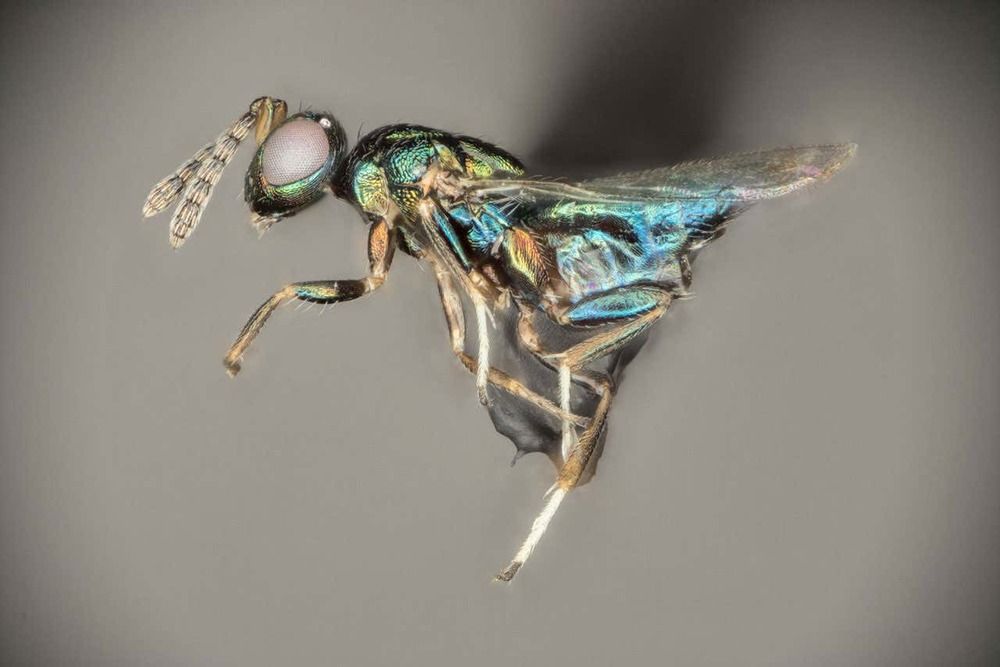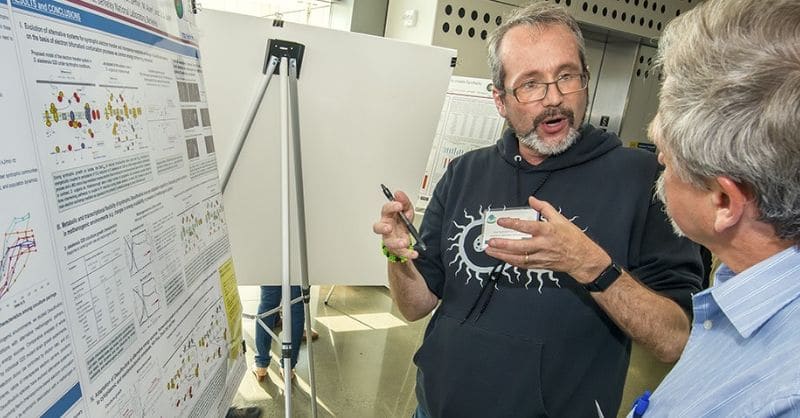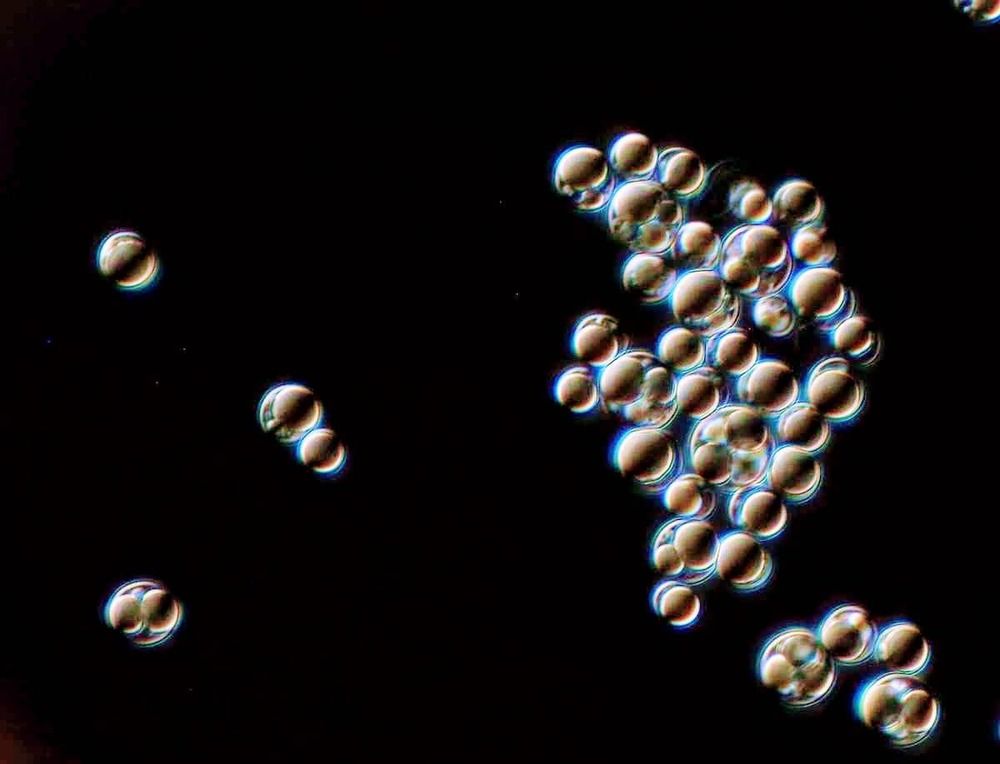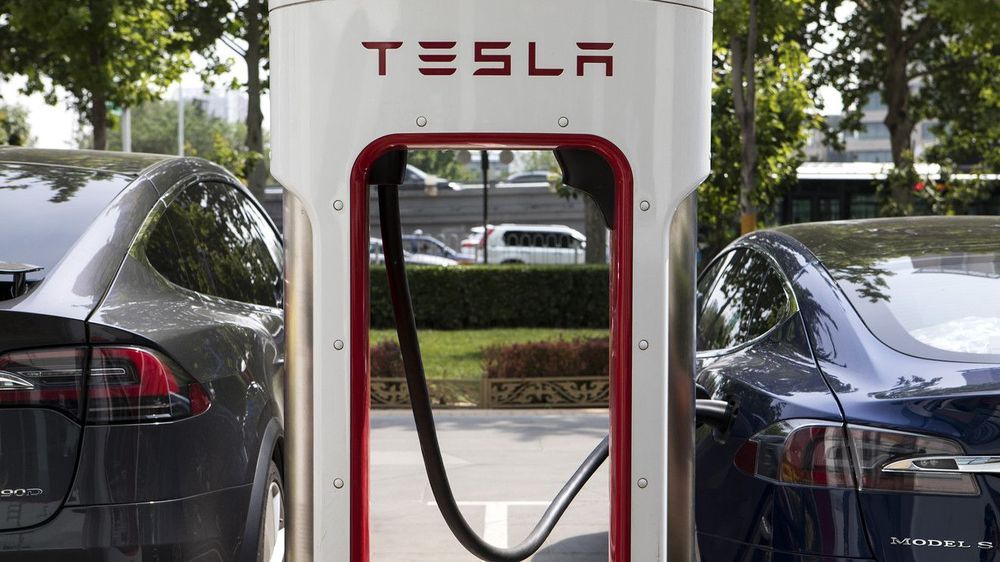Oct 2, 2019
We need robots to have morals. Could Shakespeare and Austen help?
Posted by Müslüm Yildiz in categories: employment, ethics, law, robotics/AI
John Mullan, professor of English literature at University College London, wrote an article on The Guardian titled “We need robots to have morals. Could Shakespeare and Austen help?”.
Using great literature to teach ethics to machines is a dangerous game. The classics are a moral minefield.
When he wrote the stories in I, Robot in the 1940s, Isaac Asimov imagined a world in which robots do all humanity’s tedious or unpleasant jobs for them, but where their powers have to be restrained. They are programmed to obey three laws. A robot may not injure another human being, even through inaction; a robot must obey a human being (except to contradict the previous law); a robot must protect itself (unless this contradicts either of the previous laws).


















